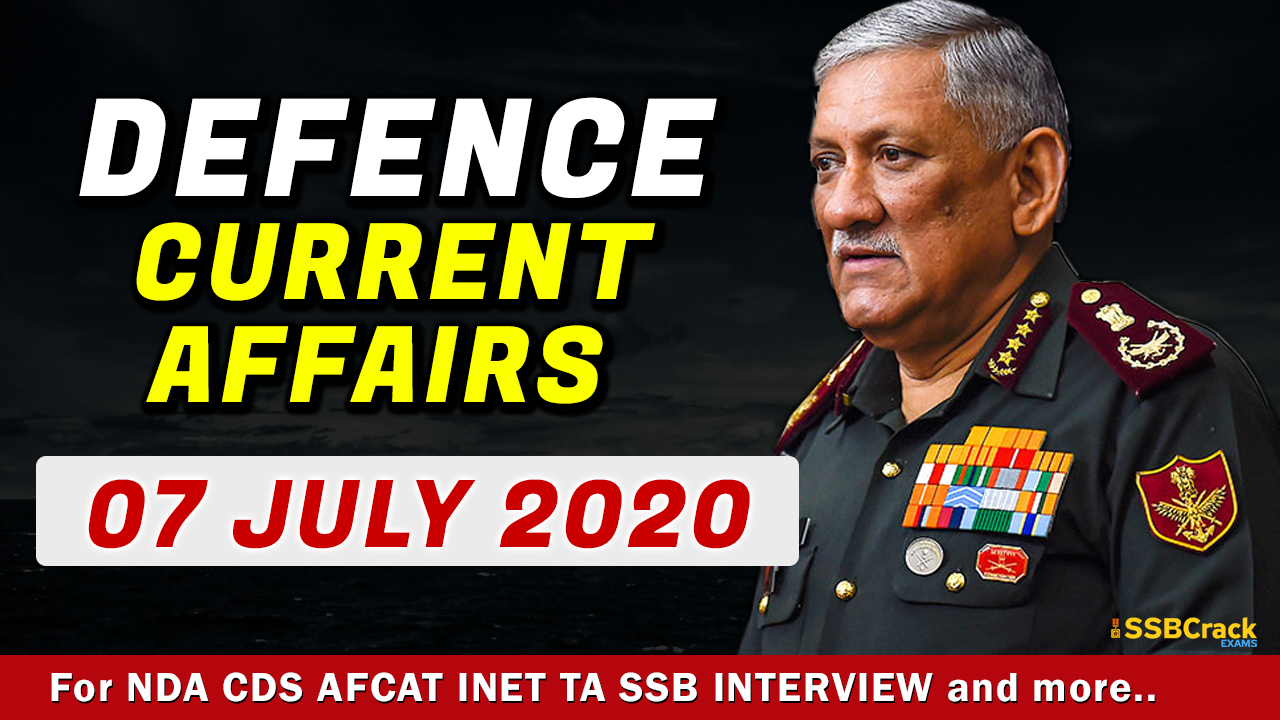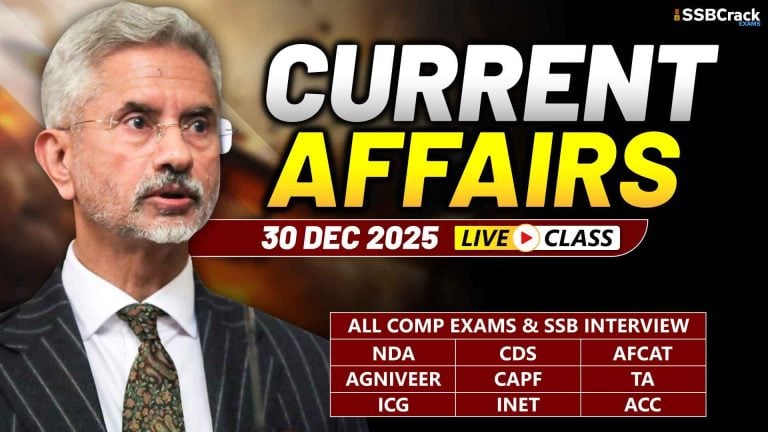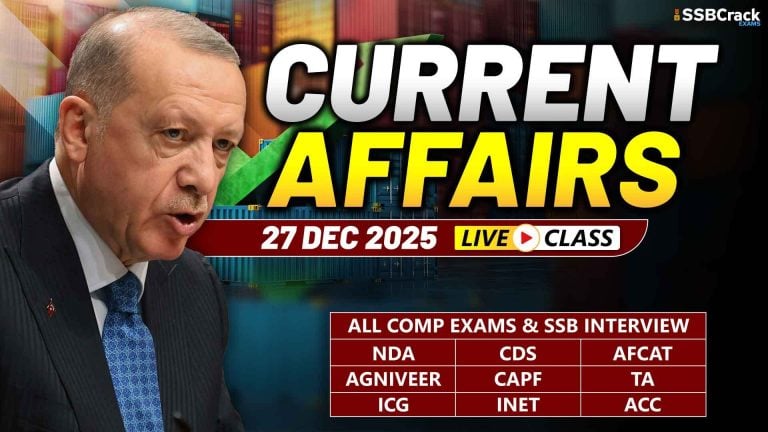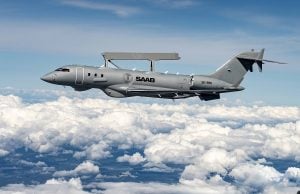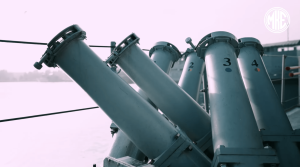PLA troops ‘completely move out’ of Galwan as India-China head towards total disengagement
- The Peoples Liberation Army (PLA) “completely moved out” of the Indian side of the Galwan Valley area Monday as India and China began disengagement in Ladakh after a 61-day intense stand-off. However, sources said the Indian Army remained cautious about sounding too optimistic.
- The disengagement exercise launched Monday came a day after the special representatives of India and China, National Security Adviser Ajit Doval and Foreign Minister Wang Yi, respectively, held a detailed phone conversation where they agreed on the “earliest complete disengagement of the troops along the LAC and de-escalation from India-China border areas for full restoration of peace and tranquillity”.
- As part of the fresh disengagement, China has moved back by about 1.5-2 km in various locations, while the pullback by India is a “little less” since Indians were anyway in their own territory, sources said.
- Both sides have agreed to what is being described as a “buffer zone”, which would be an area where neither side carries out any construction or patrolling activity and would differ from location to location.
- This means the Chinese troops will be closer to the LAC than Indian soldiers, and it will be some time before India can resume its normal patrols up to Patrol Point 14 in Galwan Valley, and patrol points 15, 17 and 17A in the Hot Spring area.
- No specific time has been agreed upon regarding how long the buffer zone will exist, the sources added, saying it is a confidence-building measure for restoration of status quo as of early April.
- Diplomatic- and military-level talks aimed at resolving border tensions had been underway between India and China since May. On Sunday, a telephone conversation was held between Doval and Wang, the special representatives appointed by India and China to discuss boundary-related matters. Over an hour-long “cordial” phone call, the two are said to have held “a frank and in-depth exchange of views” on the border standoff. According to sources, both the representatives discussed the Galwan Valley clash separately and assessed the reasons that led to it.
- Their talks were “based on the commitment” reached by Prime Minister Narendra Modi and Chinese President Xi Jinping at the two informal summits of Wuhan (2018) and Mamallapuram (2019) when they vowed that differences should not be allowed to become disputes.
BRO builds three bridges near Indo-China border
- The strategically located bridges are helping Indian Army move tanks and other heavy artillery to the Eastern Ladakh sector along the Line of Actual Control (LAC).
- The BRO has replaced an old bailey bridge, which was used by 24-tonne vehicles, with a sturdier bridge which can bear the load of vehicles weighing up to 70 tonnes. The construction of this bridge in Nimu was done in a record time of three months.
- While speaking to media, BRO Executive Engineer B Kishan said, “This bridge is at kilometre 397. Earlier, there were three bottlenecks at kilometre 362, 361 and 397. This bridge has been constructed in a record time of three months. On the request of the Army, we made a 50-metre long steel structure bridge which can carry any sort of load.”
- The second bridge is being rebuilt at the Basgo location in Nimu and would be operational in the coming days. It also has the ability to withstand heavy vehicles including trucks towing artillery guns and tank boat vehicles.
- The third bridge has been built at a place called Ule Topo, which is further ahead on the Srinagar-Leh highway, from where the armoured vehicles are brought by road.
Putting end to terror sanctuaries essential for peace in Afghanistan: India
- JP Singh, the new head of the Pakistan-Afghanistan-Iran desk in the external affairs ministry, represented India at “Strengthening Consensus for Peace”, a meeting of regional partners that was hosted by the Afghan government.
- The meeting was chaired by Afghan President Ashraf Ghani. Twenty countries and international organisations, including the United Nations, participated in the meet.
- Indian and Afghan officials have often blamed Pakistan-based terror groups for fomenting violence in Afghanistan. There is also growing concern in New Delhi over a spike in violence by the Taliban despite the group signing a deal with the US in February.
- The meeting discussed issues related to the Afghan peace and reconciliation process and support of regional partners for an independent, unified, democratic and sovereign Afghanistan, the statement said.
- “India, one of the largest development partners of Afghanistan, with a commitment of more than US $3 billion, reiterated the importance of an inclusive, Afghan-led, Afghan-owned, Afghan-controlled peace and reconciliation process,” the statement said.
- “India expressed support for a constitutional order in Afghanistan, which would protect the interest of all sections of Afghan society, including women, children and minorities,” it added.
- Ghani thanked Prime Minister Narendra Modi for extending Covid-19-related assistance to Afghanistan and for hosting the SAARC leaders’ meeting for coordinated efforts in the region to overcome the pandemic.
India’s maritime edge in the Indian Ocean
- The PLA Navy is the second most powerful navy in the world after the US Navy and would definitely not be a bystander in the event of an escalation. However, the PLA Navy presently lacks adequate capacity as well as capability to challenge the Indian Navy in the Indian Ocean. It is therefore unlikely that China would like to engage militarily with India in the Indian Ocean unless the movement of its energy and trade, a large part of which passes through the Indian Ocean is directly threatened.
- India , on the other hand, would perhaps seek to disrupt this to constrain the Chinese war effort. The Indian Ocean, where the Indian Navy is the predominant maritime power is unique in that access to and from this Ocean is through choke points, of which the Malacca Straits which connects the Indian Ocean to the western Pacific is perhaps the most important. China is particularly sensitive to the criticality of the Malacca Straits because it is through this passage that most of its trade and energy traverses.
- Infact, one of the primary reasons for China seeking direct access over land to the Indian Ocean through Myanmar and Pakistan is to address what it calls its Malacca Dilemma. South of the Malacca Straits lie the Lombok and Sunda Straits which are also navigable and offer alternate routes but there are constraints. It is therefore critical for China to ensure that these critical Sea Lines of Communication remain safe and open for its shipping.
- India, by virtue of its strategic location in the Indian Ocean and proximity to these Straits can monitor the movement of traffic to and fro, particularly the movement of any warships or submarines. It can also put pressure on the movement of merchant ships through these waters.
- However, blocking the passage of maritime traffic is not an option and any attempt to do so can invite international criticism. Waters beyond 12 nautical miles from the coast are considered high seas and traffic through these cannot be impeded.
- The Malacca Straits are not only important for China but are a veritable lifeline for countries like Japan which are heavily dependent on global trade for their economic well-being. Hence any attempt by India to raise the stakes at the entrance to these chokepoints could adversely affect these countries as well. Secondly, until there is a certainty of war, any kinetic action taken against Chinese flagged merchant ships or even those carrying cargo meant for China would definitely lead to an escalation. Hence, if that be the intent, the consequences would need to be adequately factored into our plans. At best, therefore India could either deter, delay, or divert shipping traffic to and from China.
- However, in the event of a full-fledged war, if the gloves are off, India could cause considerable damage to Chinese merchant shipping and its tankers in the Indian Ocean itself even if these were to be escorted by PLA Navy warships which would be severely constrained logistically and operationally in their ability to retaliate. China too would be factoring its limitations into its plans to deploy its forces accordingly in adequate numbers with logistic support from friendly countries included if it senses a threat from the Indian Navy.
- The Indian Navy has developed an adequate capability to effectively monitor as well as deter the movement of the PLA Navy ships and submarines into the Indian Ocean through these choke points. The focus in the last few years on enhancing its Maritime Domain Awareness and augmenting its Anti-Submarine Warfare capability in all three dimensions (the air, surface and underwater) will stand it in good stead should the PLA Navy attempt to venture into the Indian Ocean.
With PM Oli under fire, Nepal removes 2 new border outposts near Uttarakhand
- The Nepal Sashastra Prahari (NSP) or Nepal Armed Police which was manning six new border outposts set up along border with India near Dharchula area of Uttarakhand’s Pithoragarh district have withdrawn two of them a few days ago, state government officials said on Monday.
- The development has come amid reports of Nepal Prime Minister KP Sharma Oli coming under attack from his ruling Nepal Communist Party (NCP) for his anti-India posture. A standing committee of the NCP was also to hold a meeting to decide Oli’s future on Monday but was postponed till Wednesday.
- The six new border outposts were set up by Nepal about a month ago following a rift in relations with New Delhi after India inaugurated a strategically important road connecting the Lipulekh Pass with Dharchula town in Pithoragarh district.
Ladakh Scouts should be given major role along LAC: Veterans
- Army veterans from Ladakh claim that Ladakh Scouts should be given a major role on the Line of Actual Control (LAC) as locals are more acclimatised to the harsh terrain and are more aware of key strategic points than the regular soldiers. They feel that the strategic and tactical Chinese intrusions to control the mountainous ark around Leh, which have been continuing for several years now, have been ignored by the central governments.
- The veterans, who have fought in the India-China war in 1962 and Kargil War in 1999, stated that war was no solution and the two countries should use all diplomatic channels to restore status quo.
- They suggested that Ladakh Scouts should be given a major role along the LAC as the other army units, which are transferred on a regular basis, were often unable to acclimatise with the environment and cannot have a long-term engagement policy for any border issue.
Winter diesel to power Indian Army’s vehicles in Ladakh soon
- Indian Oil Corporation has sought permission from the Directorate General of Quality Assurance of the armed forces to allow the Indian Army to use winter diesel in cold areas like Ladakh.
- Often Indian Armed forces posted on the high altitude and in severely low-temperature areas face difficulties in driving their vehicles. Along with the difficult and tricky terrains of snow-clad mountains, change in fuel flow (consistency) sometimes can be the culprit for motor vehicles not working in crucial times.
- However, soldiers posted in these areas need not worry about fuel consistency anymore. Indian Oil Corporation (IOC), the largest oil marketing company in the country, has sought permission from the Directorate General of Quality Assurance of the armed forces to allow them to use winter diesel; it usable at temperatures as low as -30° Celsius.
- The state-owned firm introduced winter diesel, a specialised fuel, last year, especially for high altitude regions and low-temperature regions such as Ladakh; in these areas, ordinary diesel can become unusable.
U.S. Army gets new compact sniper system
- Last month, Soldiers from the 1st Armoured Brigade Combat Team, 3rd Infantry Division became the first combat troops to receive a cutting edge compact semi-automatic sniper system, or new Squad Designated Marksman Rifle.
- The new 7.62x51mm rifle is based on the Heckler and Koch G28E-110 / M110A1 Compact Semi-Automatic Sniper System, and provides infantry, scout, and engineer squads the capability to engage with accurate rifle fire at longer ranges.
- The SDMR fires a 7.62x51mm NATO round and comes equipped with a variable zoom scope. The manufacturer also added a bi-pod, adjustable butt stock, and an upgraded trigger to enhance the weapon system’s precision fire capabilities.
Israel launches new spy satellite that will be used to monitor Iran’s nuclear activities
- Israel’s Ministry of Defense and Israel Aerospace Industries have successfully launched a rocket carrying a new Ofek 16 electro-optical reconnaissance satellite with advanced capabilities into orbit.
- The satellite’s payload was developed by Elbit Systems. The launch engines were developed by Rafael Advanced Systems and Tomer, a government-owned defense company. Additional companies have participated in this program, including Rokar and Cielo. Various IDF officials from the Intelligence Corps and Air Force have also been deeply involved in the satellite development process.
- Following the launch, the satellite began to orbit around the earth and to transmit data. IMoD and IAI engineers have started a series of pre-planned tests to determine the propriety and performance level of the satellite before it begins its full operational activities.
German Army contracts guided missiles for MARS rocket systems
- According to a press release issued on 2 July by Bundeswehr, the national parliament of the Federal Republic has approved the acquisition of new MARS II rockets. The contract, from the German Army, will be valued at more than $239 million and covers the supply of 1,818 unitary guided missiles.
- The MARS II is a Guided Multiple-Launch Rocket System (GMLRS) which based American-made M270 MLRS system.
- The MARS has been an efficient partner for threat scenarios within the framework of network centric operations for general, as well as for operational firefights. Depending on the type of target, the MARS can fire different types of munitions over distances ranging from 10 to 70 km.
REVIEW QUESTIONS
- After the standoff with China, both Indian troops and Chinese PLA have agreed to be calling the area of strategic influence as a ‘buffer zone’. A buffer zone means:
- Neither side carries out any construction or patrolling activity and would differ from location to location
- Both sides carries out any construction or patrolling activity and would differ from location to location
- Neither side carries out any construction or patrolling activity and would not differ from location to location
- Both side carries out any construction or patrolling activity and would not differ from location to location
ANSWER: A
- The Mamallapuram Summit between Modi and Xi Jinping was held in:
- 2017
- 2018
- 2019
- 2020
ANSWER: C
- “Strengthening Consensus for Peace”, a meeting of regional partners that was recently executed, was hosted by:
- Pakistan
- Afghanistan
- South Korea
- Russia
ANSWER: B
- US Army gets compact semi-automatic sniper system called SDMR, which means:
- Squad Designated Marksman Rifle
- Squad Designed Marksman Rifle
- Standardized Designation Marksman Rifle
- Standardized Design Marksman Rifle
ANSWER: A
- Army veterans from Ladakh claim that which regiment should be given a major role on the Line of Actual Control (LAC)?
- Ladakh Scouts
- Sikkim Scouts
- Rajputana Rifles
- Dogra Regiment
ANSWER: A
- Which among the following statements regarding Ofek 16 electro-optical reconnaissance satellite is/are correct:
- It is a satellite developed by Israel that will be used to monitor Iran’s nuclear activities.
- The satellite’s payload was developed by Elbit Systems.
- The launch engines of the satellite were developed by Rafael Advanced Systems and Tomer, a government-owned defense company.
- 1 only
- 1 and 2 only
- 2 and 3 only
- 1, 2 and 3
ANSWER: D
- MARS II of German Army is a GMLRS. GMLRS means:
- Ground Multiple-Launch Rocket System
- Guided Multiple-Launch Rocket System
- Generated Multidimensional Launch Rocket System
- Guaranteed Multiple-Launch Rocket System
ANSWER: B
